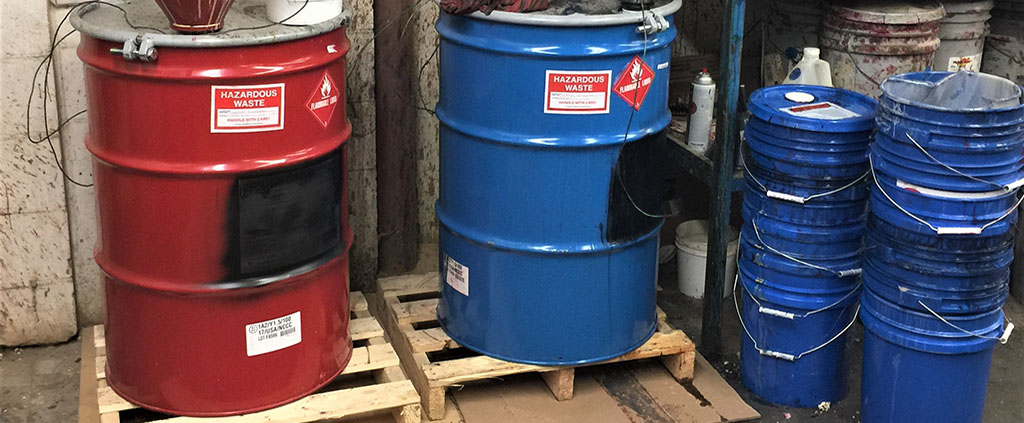EPA Finalizes RMP Reconsideration Rule

On November 20, 2019, the U.S. Environmental Protection Agency (EPA) signed the Risk Management Program (RMP) Reconsideration Rule as a result of three petitions submitted to reconsider the RMP regulations mandated in 2017. According to the EPA, this new rule rescinds and modifies certain revisions in order to “better address potential security risks, reduce unnecessary […]
EPA’s Biennial Report – What You Need to Know

The EPA’s March 1 Biennial Reporting deadline is coming up faster than one might realize, which means Large Quantity Generators (LQGs) of hazardous waste should start preparing for what they will need to complete the report. The Biennial Report, more formally known as the National Biennial RCRA Hazardous Waste Report, is a requirement under Section […]
Assessing Wastewaters from Metal Finishing Operations for EPA Categorical Standards

Under the Clean Water Act, the EPA put the Metal Finishing Categorical Pretreatment Standards into effect on July 15, 1983, as 40 CFR Part 433. The regulations cover wastewater discharges from a wide variety of industries performing various metal finishing operations. More specifically, the metal finishing operations applicable to the standard mostly involve the process […]
OSHA Inspections – Keys to Success

According to the latest statistics provided by OSHA, there were approximately 73,000 federal and state plan inspections that occurred throughout the 2018 fiscal year. Were you one of those companies? If so, how did your company fare during the inspection? Was your company prepared? OSHA inspections, like any regulatory inspection, can be positive experiences or […]
Defining “Oil” Under the SPCC Rule

As a refresher, a Spill Prevention Control and Countermeasures (SPCC) plan is required for facilities storing oil with an aggregate storage capacity greater than 1,320 gallons in containers greater than 55 gallons. The plan is a requirement under the Oil Pollution Act (OPA), an amendment made to the Clean Water Act (CWA) in 1990. Under […]
OSHA’s Electronic Injury Reporting Requirements

Every year, millions of employers are required to keep track of their workers’ injuries and illnesses by recording them in what is often called an “OSHA Log.” The OSHA Logs consist of three separate documents: the Form 300 Log of Work-Related Injuries and Illnesses, the Form 300-A Summary of Work-Related Injuries and Illnesses, and the […]
GIR Rule Impact on RCRA Waste Generators: Highlights as States are Impacted

HISTORY In 2017, the US EPA finalized updates to the RCRA regulations, called the Hazardous Waste Generator Improvements Rule (GIR). The purpose of the update was to increase compliance within the hazardous waste generator community and allow some additional flexibility for managing hazardous waste. The overall impact of the rule change will lessen the regulatory […]
OSHA Updates for 2019

For the 2019 year, OSHA has some notable updates in the areas of enforcement activities and recommended reduction efforts for training programs, along with the elimination of an agency board. The new annual budget for OSHA is $557,000,000, which is 5% more than the previous year of $531,500,000. This new budget will add 26 additional […]
OSHA’S MOST CITED GENERAL INDUSTRY STANDARDS – HOW TO PREPARE YOUR FACILITY

It’s the phone call every safety, plant or human resource manager dreads: “There’s someone from OSHA here waiting for you in the lobby.” Regulatory action isn’t the sole reason we work every day on our safety programs, but it does create an instance where the “rubber meets the road” so to speak. Being able to […]
Common Pitfalls of the Toxics Release Inventory (TRI) Report

History The Toxics Release Inventory (TRI) is a publicly available database that contains information on toxic chemical releases and other waste management activities reported annually by certain covered industry groups as well as federal facilities. This inventory was established under a federal law called the Emergency Planning and Community Right to Know Act of 1986 […]
